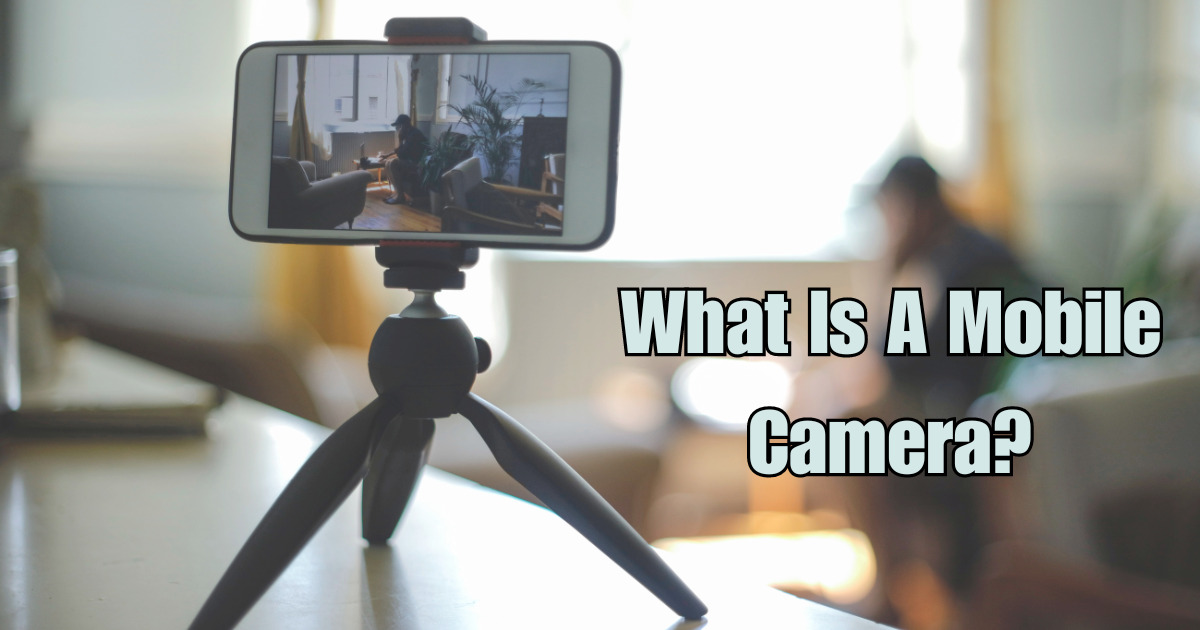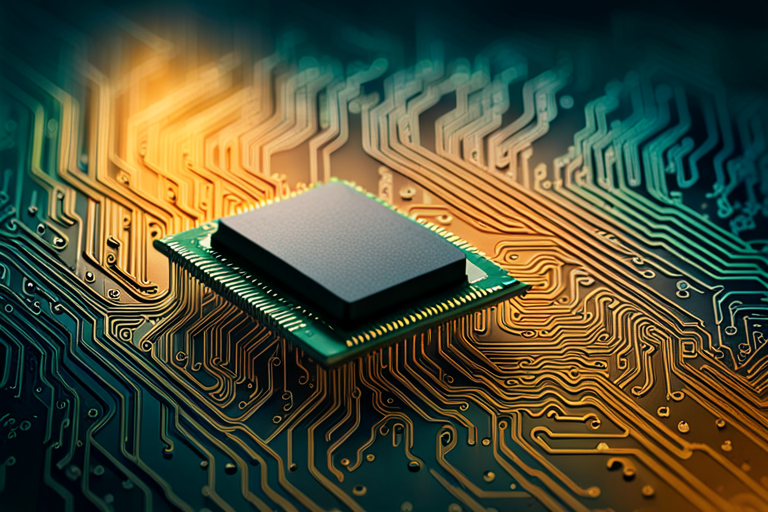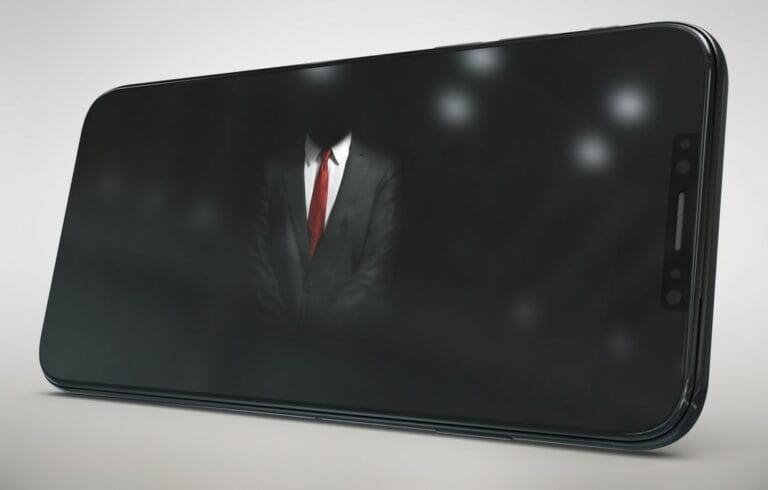What Is A Mobile Camera? (Explained)

Mobile cameras have become an essential part of our daily lives. These compact and versatile devices have revolutionized the way we capture and share moments, allowing us to document our experiences with just a tap of a finger.
From stunning landscapes to spontaneous selfies, mobile cameras have empowered us to unleash our creativity and share our unique perspectives with the world.
Gone are the days when bulky cameras were the only option for capturing memories on the go. With the advancement of smartphone technology, mobile cameras have evolved to deliver high-quality images and videos that rival those captured by professional cameras.
Whether you’re a photography enthusiast or simply love capturing everyday moments, mobile cameras offer a convenient and accessible way to document your life in vivid detail.
So, let’s dive into the fascinating world of mobile cameras and explore how they have transformed the way we see and share the world around us.
Mobile cameras have become an essential feature of smartphones, allowing users to capture high-quality photos and videos on the go.
With advanced technology like image stabilization, high megapixel counts, and various shooting modes, mobile cameras rival traditional point-and-shoot cameras.
They offer convenience and versatility, enabling users to capture precious moments anytime, anywhere. With constant advancements in mobile camera technology, the quality and capabilities continue to improve.
What is a mobile camera?
A mobile camera is a camera that is built into a mobile device, such as a smartphone or tablet. It allows users to capture photos and videos without the need for a separate digital camera.
Mobile cameras have become increasingly advanced over the years, offering high-resolution images and various features and settings.
The mobile camera has become an essential feature in modern smartphones, allowing users to capture special moments, document their lives, and share their experiences with others.
With the convenience of having a camera built into their mobile device, users can easily capture photos and videos whenever and wherever they want.
How does a mobile camera work?
A mobile camera works by using a lens to focus light onto a photosensitive sensor, which converts the light into electrical signals that can be processed and stored as digital images or videos.
The lens gathers light from the scene, and the sensor captures the image by measuring the intensity of light at different points. This information is then processed by the device’s image processor to create the final image or video.
Mobile cameras also come with various features and settings that allow users to adjust the exposure, focus, white balance, and other parameters to capture the desired image.
Some mobile cameras even have multiple lenses or sensors to offer different perspectives or improve image quality in different lighting conditions.
What are the different types of mobile camera lenses?
Mobile cameras can have different types of lenses to offer various shooting capabilities. Here are some common types of mobile camera lenses:
- Wide-angle lens: This lens has a wider field of view than a standard lens, allowing you to capture more of the scene in a single shot.
- Telephoto lens: A telephoto lens offers a narrower field of view than a standard lens and allows you to zoom in on distant subjects without losing image quality.
- Macro lens: A macro lens is designed for close-up photography, allowing you to capture small details with great clarity.
- Fisheye lens: This lens offers an extremely wide-angle view and creates a unique distorted effect, giving your photos a “fish-eye” look.
Some smartphones even have multiple lenses, offering a combination of these different types of lenses to provide users with more versatility in their photography.
What are the advantages of using a mobile camera?
There are several advantages to using a mobile camera:
- Convenience: Having a camera built into your mobile device means you always have it with you, ready to capture any moment without having to carry around a separate camera.
- Instant sharing: With a mobile camera, you can quickly share your photos and videos with others through social media platforms or messaging apps.
- Editing capabilities: Many mobile devices offer built-in photo editing apps, allowing you to enhance and edit your photos right on your device.
- Portability: Mobile cameras are lightweight and compact, making them easy to carry around and use in various situations.
- Integration with other apps: Mobile cameras can be seamlessly integrated with other apps on your device, allowing you to easily incorporate photos and videos into your daily activities.
Can a mobile camera replace a professional camera?
While mobile cameras have come a long way in terms of image quality and functionality, they still have limitations compared to professional cameras.
Professional cameras typically offer larger sensors, interchangeable lenses, and more manual controls, allowing for greater control over the image-capturing process.
However, for everyday photography needs, mobile cameras can certainly be a viable option. They can capture high-quality images and videos for personal use, social media sharing, and casual photography.
Mobile cameras also offer the advantage of convenience, as they are always with you and ready to capture any moment.
For professional photographers or those who require the highest level of image quality and control, a dedicated professional camera is still the preferred choice.
But for the majority of users, mobile cameras provide a convenient and capable solution for capturing and sharing memories.
Can mobile cameras capture high-quality images?
Yes, mobile cameras are capable of capturing high-quality images, especially in well-lit conditions. With advancements in technology, mobile cameras now have higher megapixel counts, improved image sensors, and better image processing algorithms, resulting in sharper and more detailed photos.
However, it’s important to note that mobile cameras have limitations compared to professional cameras, especially when it comes to low-light photography or capturing fast-moving subjects.
The smaller size of the image sensor and lens in a mobile camera can result in more noise in low-light situations, and the autofocus and shutter speed may not be as fast as those found in professional cameras.
That being said, with proper technique, composition, and lighting, mobile cameras can produce stunning images that are more than suitable for personal use, sharing on social media, and even printing in smaller sizes.
How can I improve the quality of my mobile camera photos?
To improve the quality of your mobile camera photos, consider the following tips:
- Clean the lens: Keep the lens of your mobile camera clean and free from smudges or fingerprints, as these can affect the image clarity.
- Use natural light: Whenever possible, take advantage of natural light sources, such as sunlight, as it can produce more vibrant and flattering images.
- Tap to focus: Most mobile cameras allow you to tap on the screen to focus on a specific area. Use this feature to ensure that the main subject is in sharp focus.
- Consider composition: Pay attention to the composition of your photos, including the rule of thirds, leading lines, and balance, to create visually appealing images.
- Use HDR mode: HDR (High Dynamic Range) mode can help capture more details in both the shadows and highlights of a scene, resulting in more balanced exposure.
- Experiment with settings: Explore the various settings and shooting modes on your mobile camera, such as manual mode or portrait mode, to achieve different effects and styles.
- Use editing apps: After capturing your photos, you can further enhance them using editing apps or software, adjusting brightness, contrast, colors, and other parameters.
By applying these techniques and experimenting with different settings, you can significantly improve the quality of your mobile camera photos.
Mobile cameras have evolved remarkably, becoming a pivotal feature in smartphones. They offer high-resolution imaging, and advanced functionalities, and have significantly influenced photography and social media.
With their ability to empower users to capture and share moments instantly, mobile cameras have reshaped our visual experiences.
As technology continues to advance, we can anticipate even more sophisticated and capable mobile cameras, further enhancing our ability to document and share our lives through imagery.





